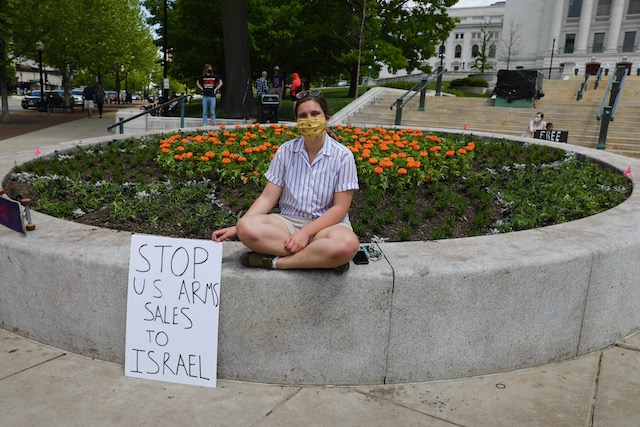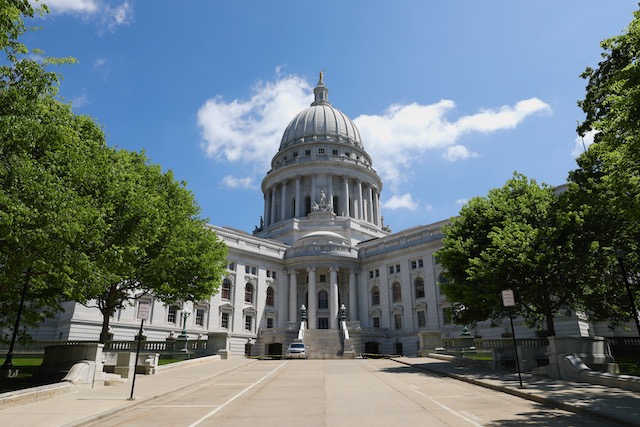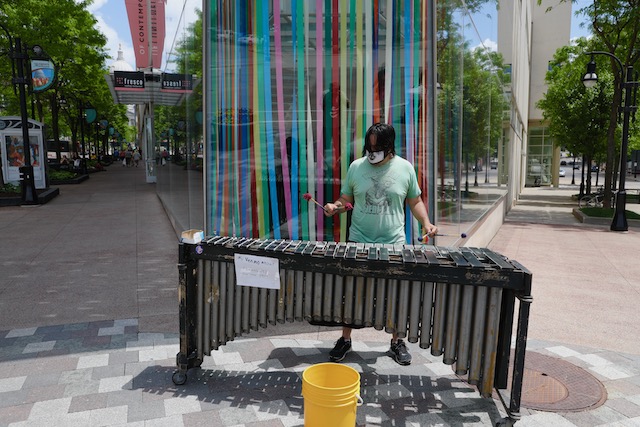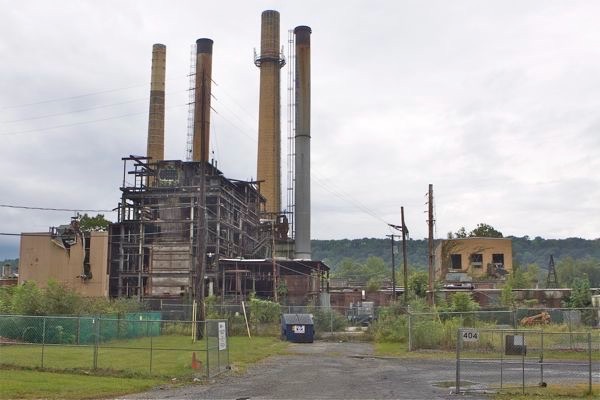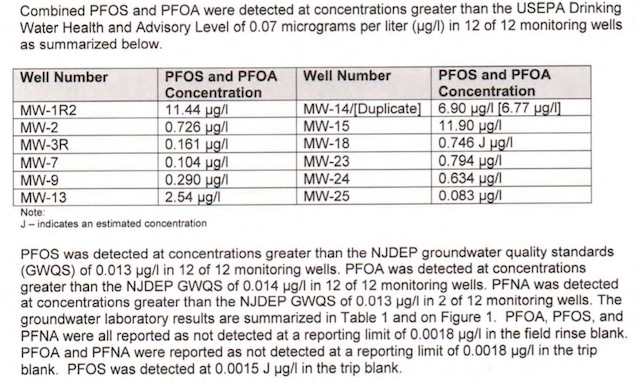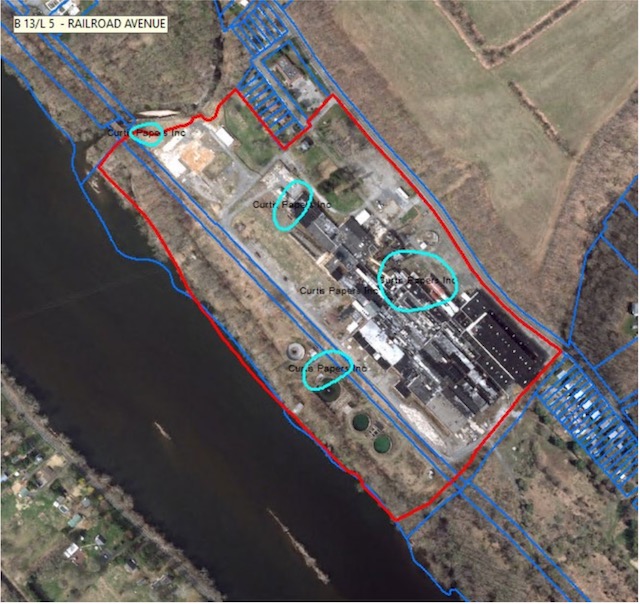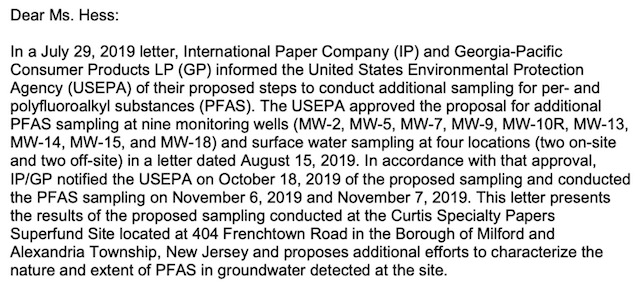US EPA Touts Water Quality Improvements In Long Island Sound As A Result Of Nutrient Reduction TMDL
After 8 Years of Denial By Christie DEP, Murphy DEP STILL Has Not Developed A TMDL For Barnegat Bay
Strict Regulation Works
EPA Region II issued a press release today touting significant improvements in water quality in Long Island Sound. The improvements are a result of huge reductions in nitrogen pollution, which were driven primarily from a Clean Water Act mandated “Total Maximum Daily Load” (TMDL).
The States of New York DEC and Connecticut DEP adopted the TMDL, which was approved by EPA in December of 2000.
As a result, according to EPA:
“Levels of contaminants in the water, sediments, and wildlife have declined over time. Nitrogen pollution is declining. By 2014, wastewater treatment facilities achieved 94 percent of the nitrogen reduction goal established in the 2000 Dissolved Oxygen Total Maximum Daily Load (TMDL), which means 108,000 fewer pounds of nitrogen were discharged into the Sound every day. Eelgrass (Zostera marina), a rooted underwater plant with ribbon-like strands that forms meadows ecologically important for fish and shellfish, increased by 4.5 percent between 2009 and 2012, and 29 percent between 2002 and 2012 (Tiner et al. 2013). Additional actions to control nitrogen runoff from streets, landscaping, and farms, along with further wastewater treatment facility (WWTF) upgrades, are underway to reach defined reduction goals by 2017, with further improvements to water quality expected.
A Tale Of Two Bays
The water quality and ecological health of NJ’s Barnegat Bay stands in sharp contrast to NY and Connecticut’s Long Island Sound, as does the regulatory responses from EPA and the State environmental agencies.
In contrast, the NJ DEP has dragged its feet for over a decade on a TMDL for Barnegat Bay.
EPA has failed to enforce the Clean Water Act in NJ and effectively oversee NJ DEP’s failure to comply with the Clean Water Act.
Almost 9 years ago, Rutger Professor Mike Kennish testified to the NJ Legislature that Barnegat Bay was suffering an “insidious ecological decline”, and warned that DEP “must seriously ramp things up” and adopt a TMDL to dramatically and quickly reduce nutrient pollution to the Bay, see:
Despite this warning, the Christie DEP avoided triggering a TMDL for Barnegat Bay, see:
After 8 years of Christie DEP denial, and 4 years into the Murphy DEP, DEP STILL has not triggered a TMDL for Barnegat Bay and is still studying the problem (see DEP:
Note the “action” DEP is proposing is not “action” at all, it’s more study. Note also the “targeted” scope, which represents a piecemeal effort that should be comprehensive in scope, like the Long Island Sound TMDL (and similarly successful Chesapeake Bay TMDL). See:
Here’s DEP’s lame “action” for there than decade long Barnegat Bay TMDL “development”:
- Action: Continue the development of a targeted nutrient Total Maximum Daily Load
Strict regulation works. Water quality and ecological health improve.
But in 2021, DEP is still “continuing to develop” a TMDL that should have been adopted away back in 2000, like the Long Island Sound TMDL.
So, instead reductions in pollution, improvements in water quality, increasing dissolved oxygen levels, and increasing eelgrass and shellfish habitat (that EPA touts were the direct result of the Long Island Sound TMDL), Barnegat Bay still is suffering from more pollution, declining water quality, shrinking eelgrass, proliferating harmful algae blooms, and the Bay is on the verge of ecological collapse.
But DEP has not begun to implement a TMDL.
This is totally unacceptable.
In light of this stark contrast between LI Sound and Barnegat Bay, I urged intrepid NJ Spotlight reporter Jon Hurdle to ask EPA and DEP some tough questions in this email:
Jon – See EPA press release below.
EPA, NY, & Conn began the Long Island Sound TMDL cleanup plan back in 2000 – as a result:
“By 2014, wastewater treatment facilities achieved 94 percent of the nitrogen reduction goal established in the 2000 Dissolved Oxygen Total Maximum Daily Load (TMDL)”
https://longislandsoundstudy.net/ecosystem-target-indicators/lis-hypoxia/
In comparison, after 8 years of denial by Christie DEP, NJ DEP STILL has not begun implementation of the TMDL for Barnegat Bay. DEP still “studying”! See “Phase II – Moving Science Into Action”
https://www.nj.gov/dep/barnegatbay/nutrientTMDL.html
Why not call EPA Region II and ask them why they have not required DEP to comply with Clean Water Act TMDL requirements for the impaired Barnegat Bay? And why EPA has not yet adopted the nutrient criteria (water quality standards) that they promised over a decade ago?
Call and ask DEP when they will implement the TMDL and see water quality IMPROVEMENTS like in Long Island Sound. Instead, we get more HAB’s.
Wolfe
We’l keep you posted on Jon’s reply – but I’m not holding my breath.



